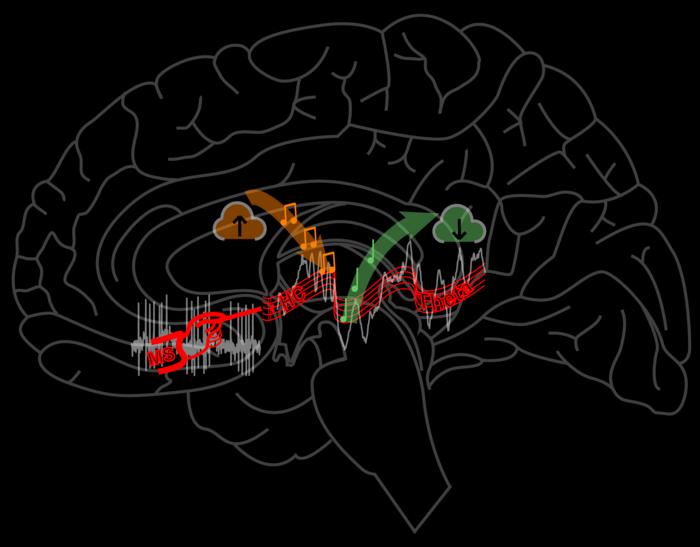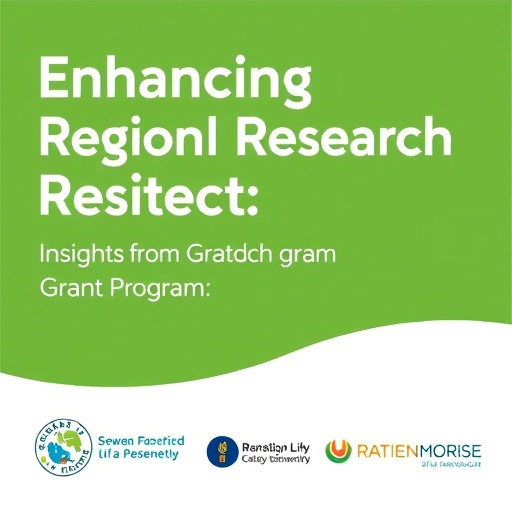Every day we store memories, some of which we are able to recall later. But while we do so, do we keep on storing? Yes! We cannot afford to stop memory formation while we are retrieving prior ones. Imagine, for instance, that you are navigating the city while recalling last night’s events to a friend tagging along. Your brain must memorize aspects of the route even while you are in the story, so that you can find your way back later or reach your next destination.

Credit: This illustration was created by Balint Kiraly using the open access science art of Stoyo Karamihalev https://scidraw.io/drawing/395
Every day we store memories, some of which we are able to recall later. But while we do so, do we keep on storing? Yes! We cannot afford to stop memory formation while we are retrieving prior ones. Imagine, for instance, that you are navigating the city while recalling last night’s events to a friend tagging along. Your brain must memorize aspects of the route even while you are in the story, so that you can find your way back later or reach your next destination.
We seem to perform this task without much conscious effort. Big deal, one could say, as we know that the brain has trillions of synaptic connections, so parallel processing is the norm of how the brain operates. It is, however, somewhat less simple in this case, as overlapping brain structures are required for efficient memory storage and recall. The brain actually employs smart ‘process handling’: it rapidly switches back and forth between encoding and retrieval, about 8-10 times per second.
This rapid switching is reflected in an 8-10 cycles per second brain wave in the ‘CA1’ region of the hippocampus, an integral part of the memory circuit. This brain wave is called the theta oscillation, and according to the prevailing theory, memory storage dominantly happens around the peak of the theta cycles, whereas recall is locked to theta valleys (or troughs). It is already known that the CA1 region communicates with different brain areas during these distinct phases of each theta cycle: it receives sensory information during the peaks from a region called the entorhinal cortex, and processes information routed through another region of the hippocampus called CA3 during the theta valleys.
How the CA1 always knows which area to coordinate with, so that storage and recall do not interfere with one another, is not fully understood. In a new study published today in Nature Communications, a team of neuroscientists led by Principal Investigator Balazs Hangya MD PhD at the Institute of Experimental Medicine, Budapest, Hungary, found that a brain area in the center of the forebrain, known as the medial septum, plays a key role in this encoding and retrieval process.
Hangya’s group teamed up with Viktor Varga from the same institute and recorded the activity of medial septal neurons in mice while they went about their daily business. Memory storage and recall is accompanied by even faster brain waves, known as gamma oscillations that are embedded in the ongoing theta rhythm: faster for storing and slower for recall. The researchers found that neurons of the medial septum can align their activity to both fast and slow gamma rhythms, suggesting that they participate in generating these waves. Moreover, small changes in medial septal activity were followed by corresponding changes in CA1 gamma rhythms by a few milliseconds, suggesting that the medial septum plays the leading role in controlling gamma waves, and therefore supports the seemingly effortless cycling of encoding and retrieval.
Through what pathways does the medial septum influence information processing in CA1? While there is a direct connection between these two areas, given the complexity of memory processes, other areas are also likely to be involved. To address this, Hangya’s group teamed up with the laboratories of Tim Viney and David Dupret from the University of Oxford and used recordings of single medial septal neurons with known anatomical targets. This revealed two main pathways by which the medial septum influences gamma waves in the CA1 area: faster gamma waves important in memory storage are controlled through the entorhinal cortex, while slower gamma waves implicated in memory recall are influenced via the CA3 area. “However, the brain was not designed according to engineering logic and the data show it is very likely that other direct and indirect pathways also play important roles”, Hangya remarks. “At the same time, the network also performs impressively well even from a technical standpoint, owing to the well-composed septal activity that ensures precise timing over a wide range of timescales” adds Bálint Király, first author of the study.
Most of our knowledge on the brain comes from observing its complex activities, but how it reacts to direct manipulations can also be very revealing. A relatively novel tool, optogenetics, allows activation or silencing of specific groups of neurons by shining light on these subpopulations. Hangya’s team tested whether optogenetic activation of certain medial septal neurons, in a pattern that mimics natural brain activity, can evoke the expected gamma rhythms in CA1. Indeed, they found reliable and robust occurrence of these gamma waves upon medial septal stimulation, confirming that the medial septum plays a hitherto overlooked role of effectively pacing these rhythms. “Understanding how memory works in the brain is our biggest hope when aspiring to tackle memory diseases, such as dementia”, Hangya concludes.
Journal
Nature Communications
DOI
10.1038/s41467-023-41746-0
Method of Research
Experimental study
Subject of Research
Animals
Article Title
The medial septum controls hippocampal supra-theta oscillations
Article Publication Date
10-Oct-2023
COI Statement
The funding institutions had no role in the conceptualization, design, data collection, analysis, decision to publish, or preparation of the manuscript. The authors declare no competing interests.




